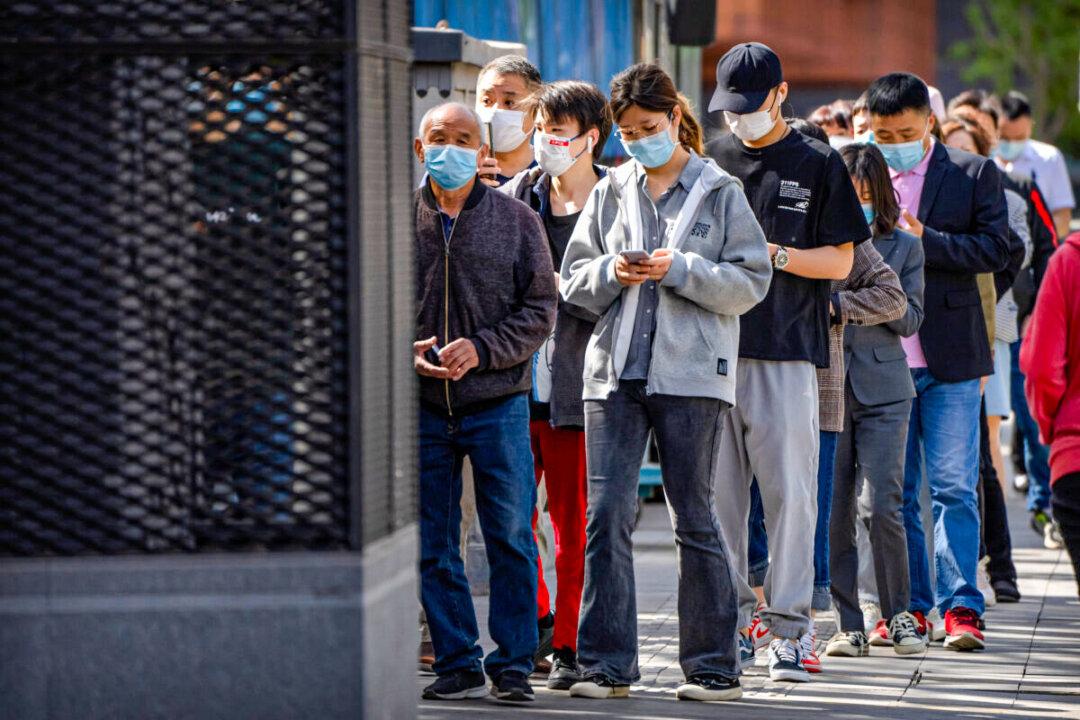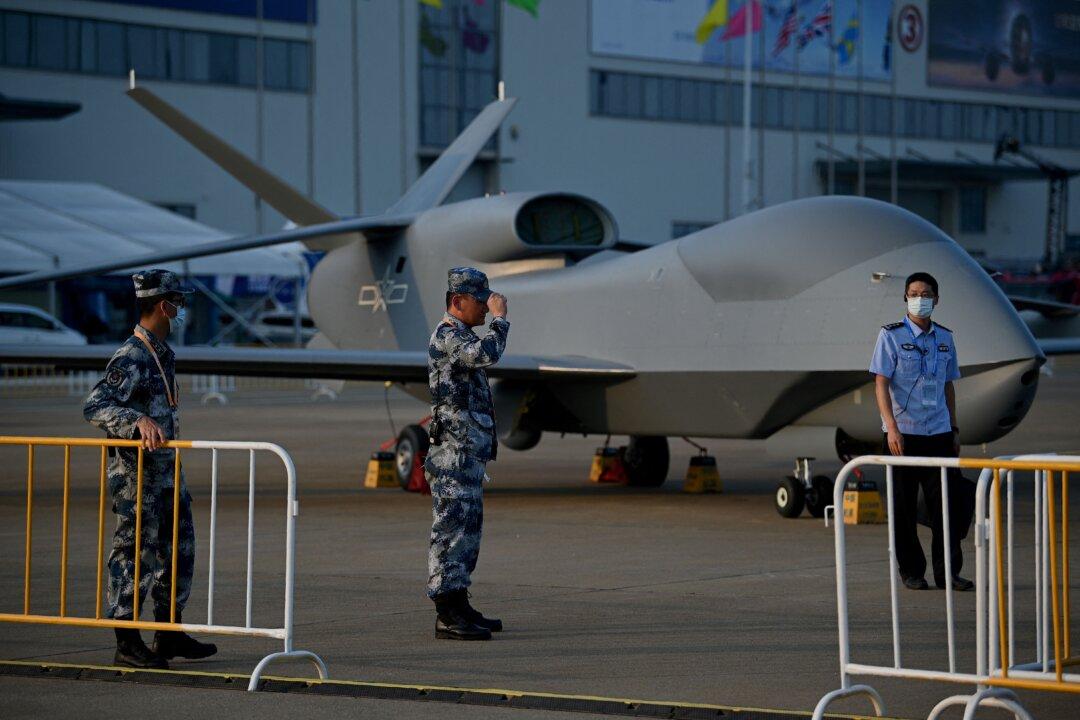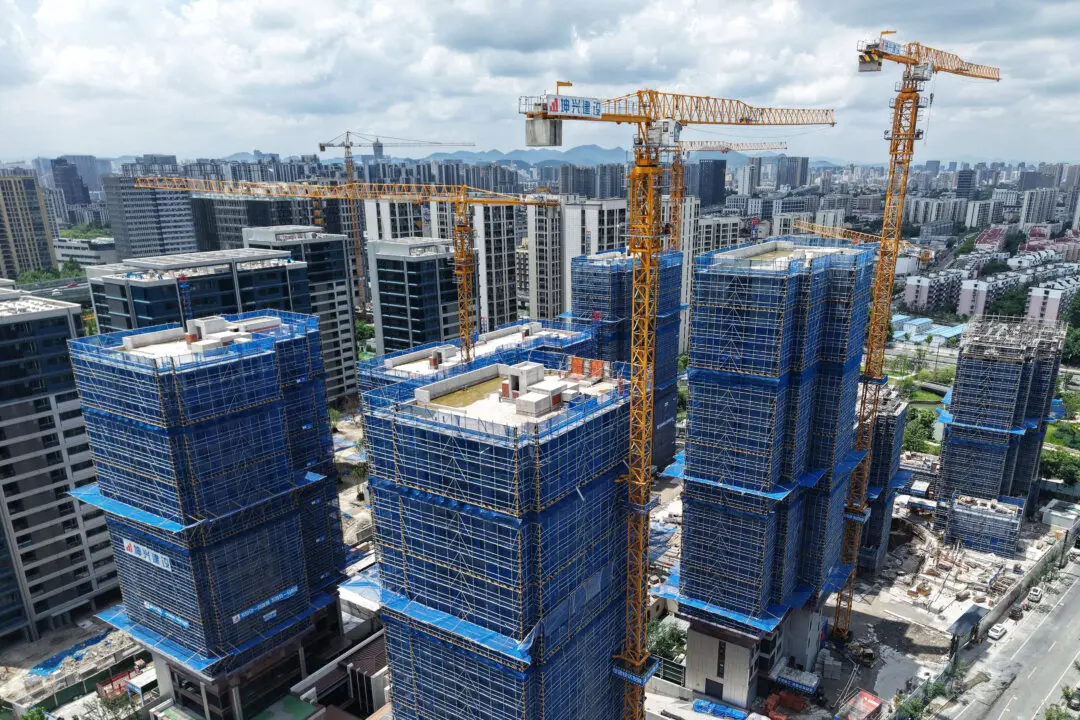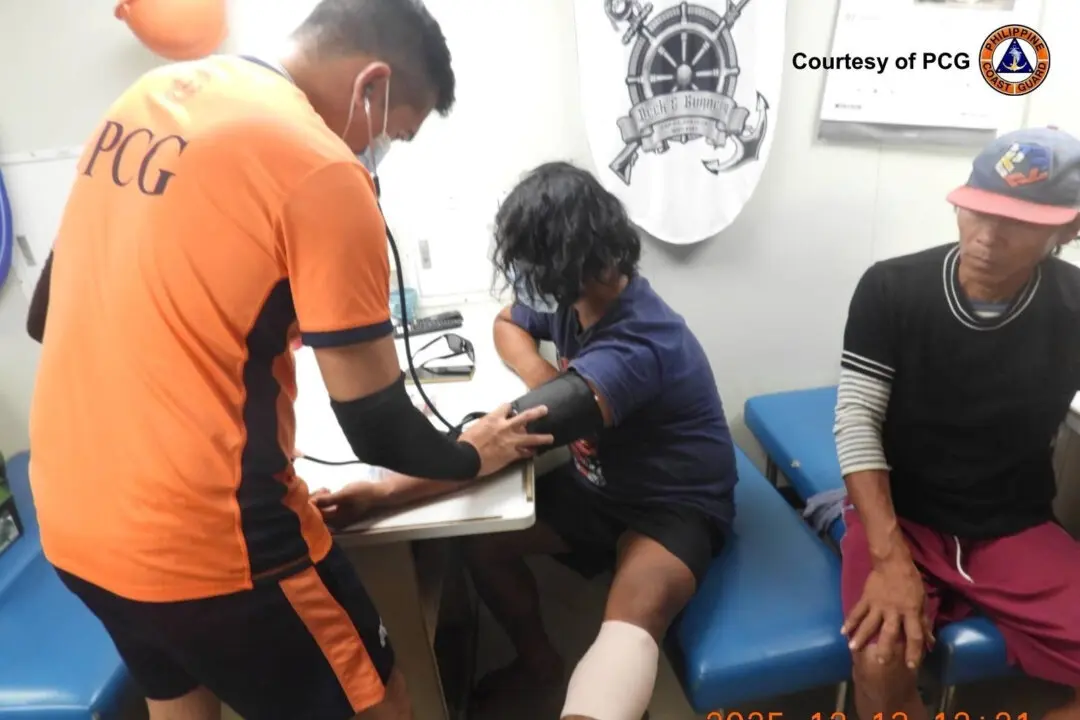China’s capital city, Beijing, on April 26 started testing most of its 21 million residents, stoking fears that a citywide lockdown was imminent.
Lines formed from the city’s university district of Haidian to Dongcheng, which houses the country’s top officials, with residents waiting for throat swabs.




